Experience Palma
like a local
Move through Mallorca’s capital city with its local residents and you’ll discover what makes it shine
With the azure Mediterranean as its backdrop, the compact coastal city of Palma is rich in cultural heritage and charm. Moorish, medieval and Gothic landmarks rub shoulders with slick contemporary galleries, museums, and colourful markets, while historic palaces, artisan workshops and ancient churches abound in the cobbled streets of the old town. Vibrant, inviting neighbourhoods range from traditional to edgy, each with its own distinct personality and gastronomic restaurants that lure like sirens. Mingle with locals browsing characteful boutiques and traditional food stores, then head for a sunny seafront bar for a delicious tipple of local wine or homemade lemonade. Palma is in the running to become European Capital of Culture 2031. With its rich heritage and creativity on full display, it’s easy to see why it would be worthy of the title.
Immerse yourself
in Joan Miró’s world
The Pilar and Joan Miró Foundation, only a five-minute drive from Palma, is home to the largest collection of the maestro’s works, and a treasure trove of discovery for committed fans of the prolific Catalan artist. Joan Miró had family roots in Mallorca and so, with his wife, Pilar Juncosa, he relocated here in 1956, and stayed until his death in 1983.
The peaceful complex houses nearly 7,000 paintings, ceramics and sculptures in four distinct zones – the Moneo Building, designed by revered architect, Raphael Moneo, the sculpture garden, and two artistic studios, Taller Sert and Son Boter. The walls of the latter, an 18th-century atmospheric traditional finca with views to the sea, are adorned with the artist’s charcoal graffiti. In the bright and colourful Taller Sert where Miró worked on numerous canvasses at the same time, it is as if the artist never left. Brushes, easels, paints and drawings are scattered about in the creative and inspiring modern space designed by architect Josep Lluís Sert, that has visitors longing to linger.
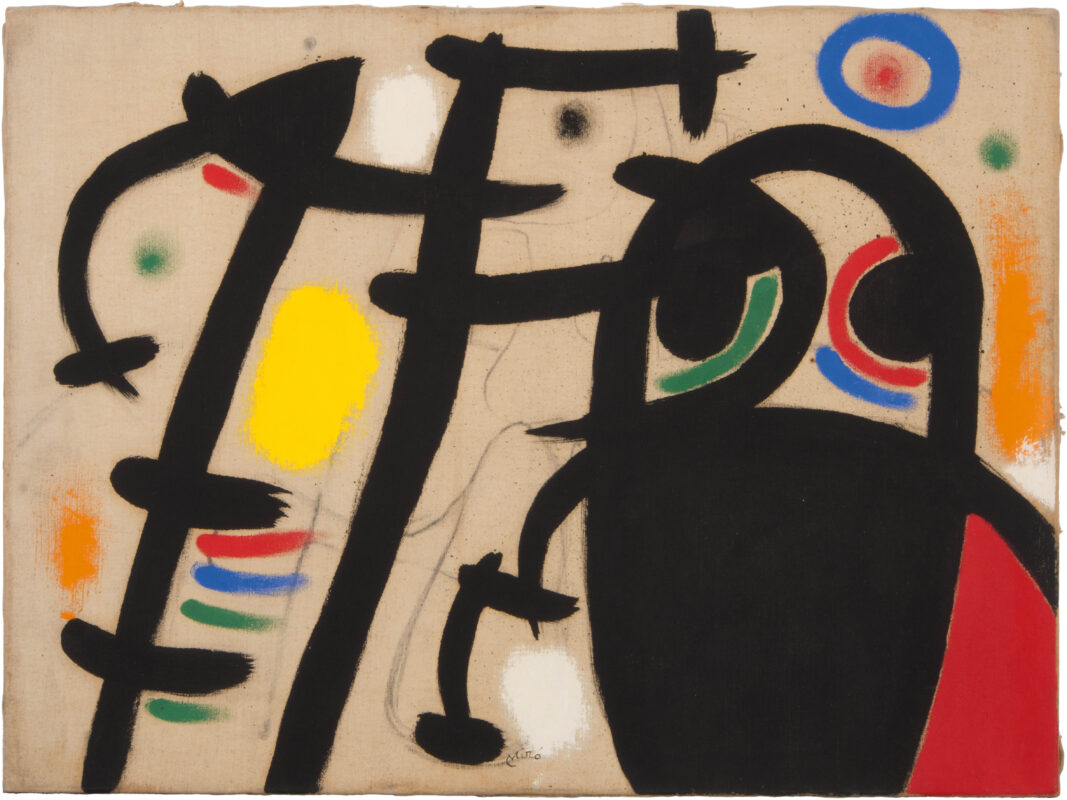
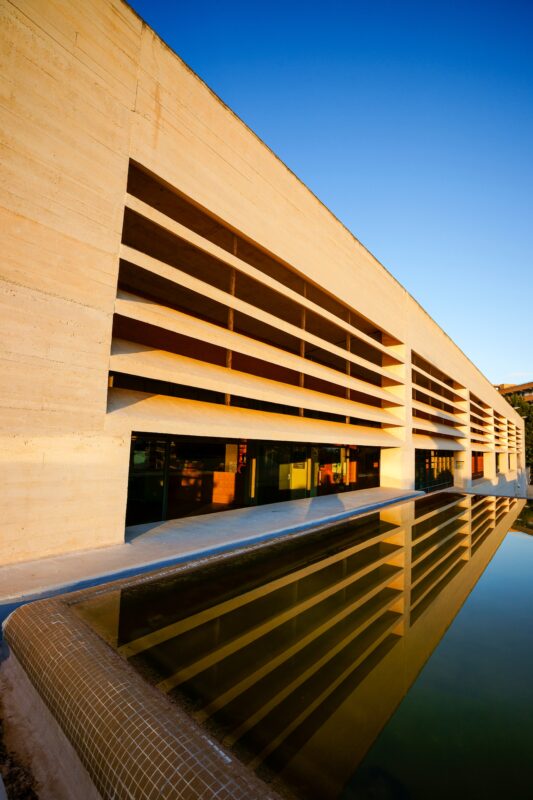
The low-rise contemporary Moneo building is filled with natural light and includes the permanent collection of Miró’s works along with the outstanding oeuvres of other renowned artists. The assortment highlights the materials, experimental techniques and artistic interpretations employed by Miró in his creative processes. To do the exhibition justice, it’s worth spending a few hours exploring this enchanting estate, rounding it off with a stroll around the restful sculpture garden and a coffee and snack in the welcoming café.
Stay in a converted historic building
There is nothing parochial about a stay in Palma, as the city is bursting with historical, quirky and deluxe boutique hotels to suit all budgets. Fancy staying in a converted 18th-century monastery? Head for atmospheric five-star, Convent de la Missió, in the old town or perhaps Nobis Hotel Palma, a magnificent former 12th-century Moorish palace, now transformed into a luxurious contemporary hotel.
Located in the Gothic quarter is Can Cera, another graceful and noble palace converted into a boutique hotel with grand Renaissance flourishes and original features. Meanwhile, tucked away in the cobbled lanes close to famed shopping street, Jaume III, is Hotel Glòria de Sant Jaume, a meticulously-restored and reimagined majestic 16th-century mansion, which possesses many historic features.
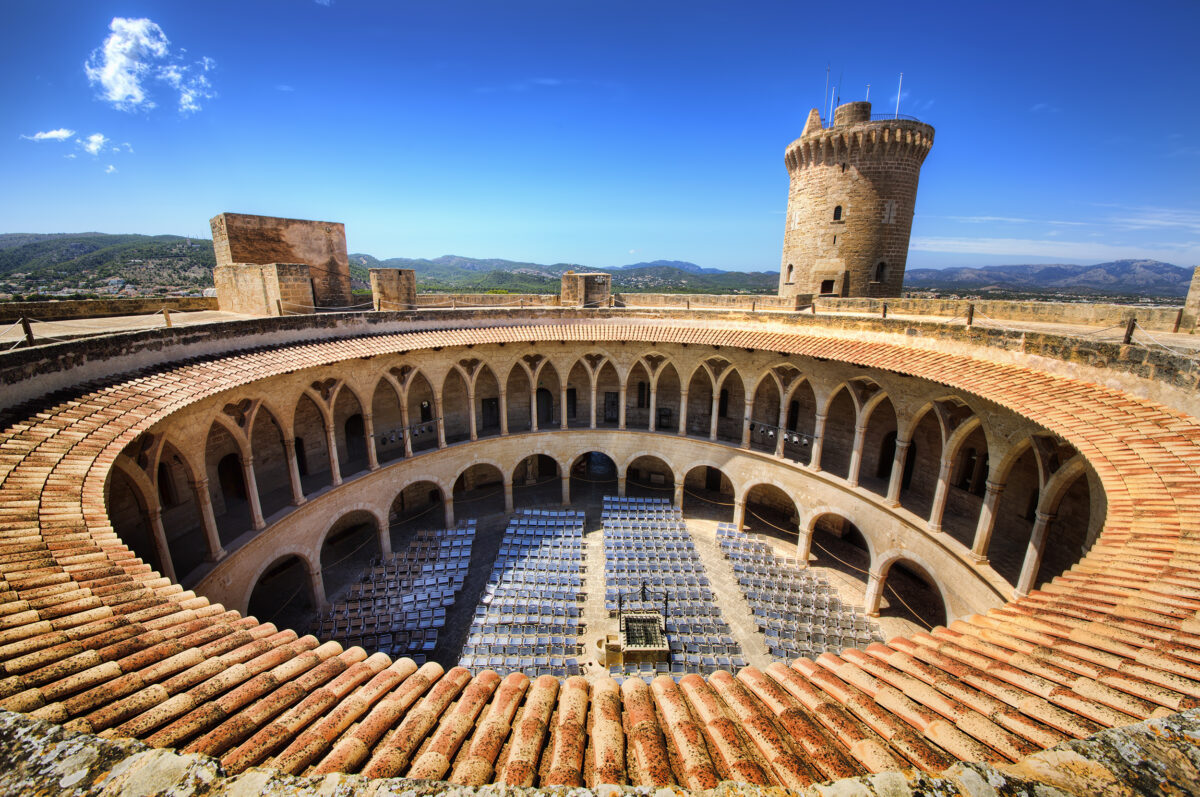
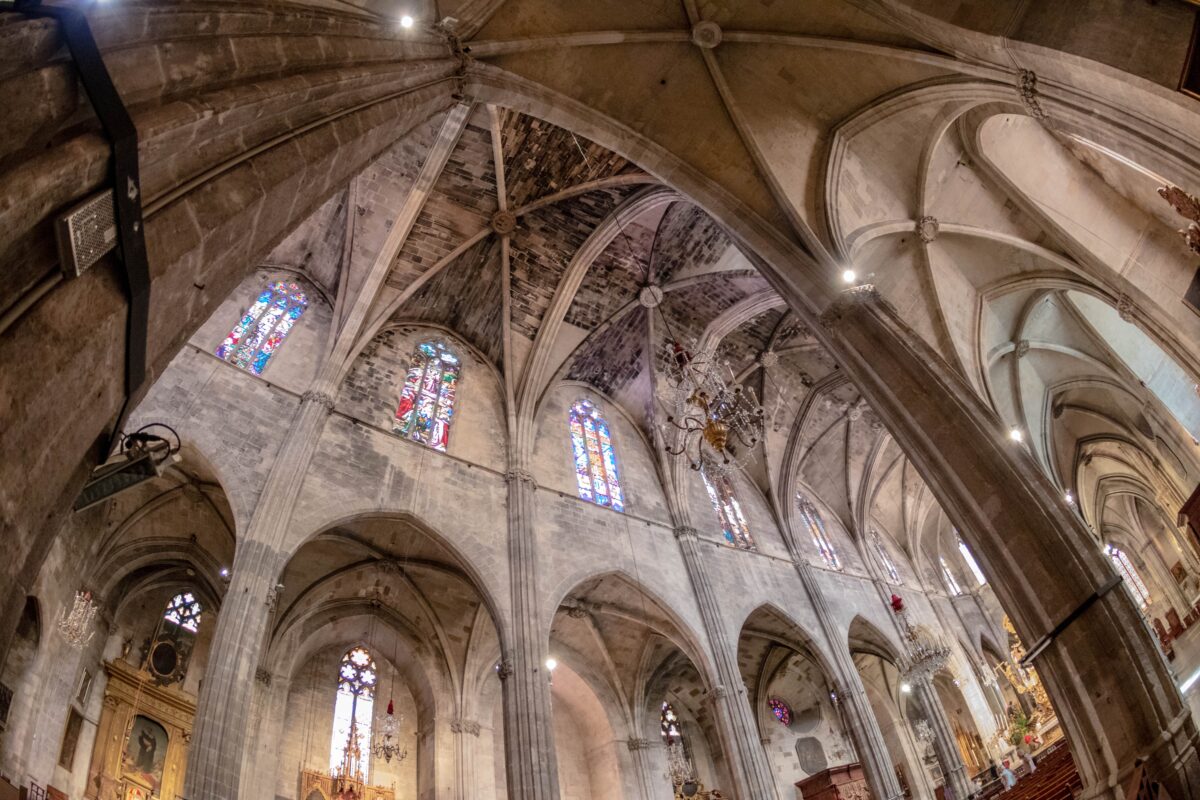
Close to the ancient Arab baths and Mallorca Museum is another little pearl, the recently refurbished, Portella Hotel, a handsome 17th-century house that oozes character, with its cosy inner courtyard and beautifully appointed rooms. For those seeking historical grandeur at affordable prices, Antigua Palma Hotel, in the labyrinthine streets of the Jewish quarter, offers good value and includes restaurant, rooftop terrace, mini spa and plunge pool.
Also not to be missed is chic and understated Ca N’Alexandre Hotel. This historic property was formerly home to renowned liberal politician Alexandre Jaume, who lost his life duirng the Franco regime. Still owned by the same family, this characterful building has been transformed into a sleek, bright space, with bags of Mallorcan artisanal touches, and offers unbeatable value.
An enjoyable and eco-friendly way to explore Palma is by bike, and with 300 days of sunshine per year, visitors can expect mostly balmy, blue sky days. The advantage of opting for two wheels and joining one of the captivating tours available is that you can cover a lot of the city in just a few hours, effortlessly stopping off at interesting places along the route.
Palma City Council operates its popular BiciPalma scheme, offering both mechanical and electric bikes for short-term use via a handy app. Several companies provide bicycle adventures in the old town with visits to key historical sights such as La Seu cathedral and Almudaina palace, or even to food stores and local markets where delicious tapas can be sampled.
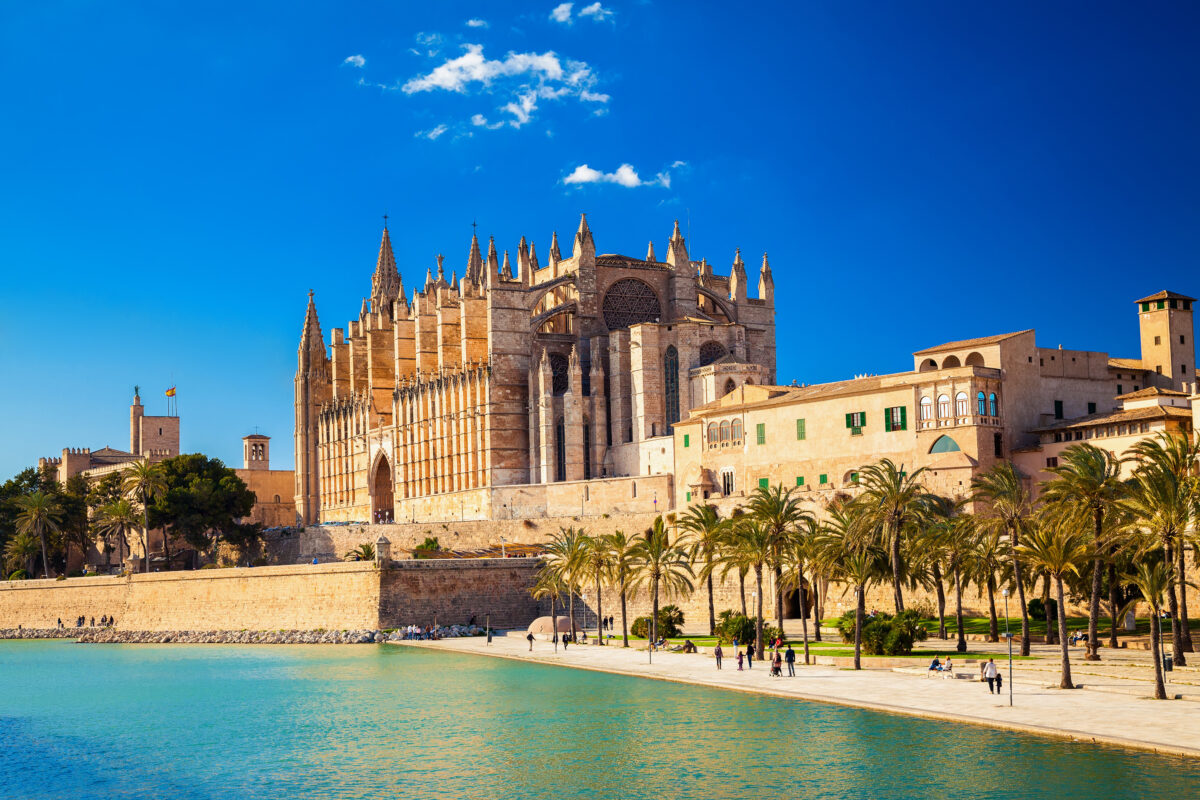
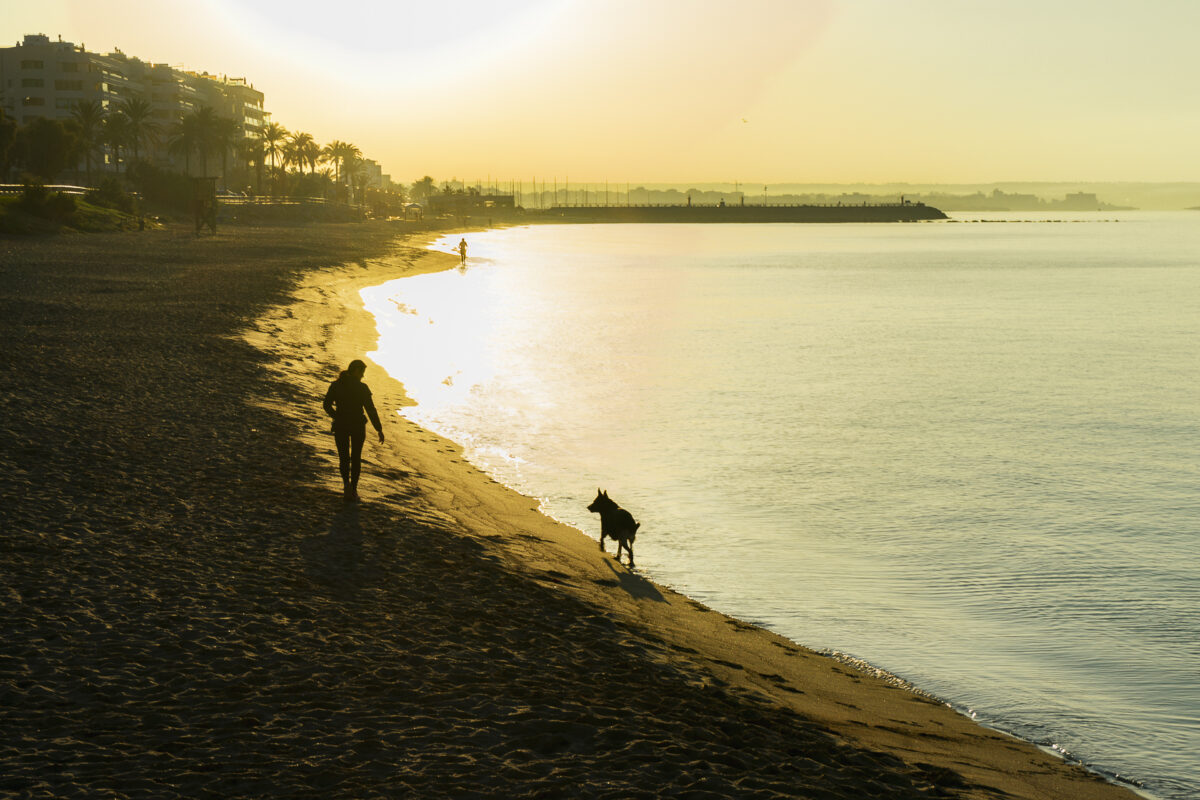
Another option is to hop on a bike and head for the peaceful waterfront promenade where a safe cycling path takes you all the way to the lively fishing harbour of Portixol with the glittering sea as your guide. En route you’ll pass popular Pere Antoni beach and trendy cafés and restaurants before reaching the enchanting, quaint enclave of Portixol. This is the perfect place to enjoy the fresh catch of the day with a glass of local wine, while admiring the cool and contemporary cafés and bars that sit alongside refurbished old fishermen’s cottages and traditional hangouts. For the super fit, the path goes all the way to pretty Cala Gamba and the long blonde beach of Playa de Palma, affording dreamy views to Palma bay.
Head to market and sample local flavour
Palma is renowned for its bright and bustling markets that attract hundreds of chefs, restaurateurs and visitors island wide. Fresh produce is de rigueur, and includes a wide variety of fruit and vegetables, fish and meat, and sundry ware.
The oldest covered market which harks back to the 1920s, is in hip and trendy Santa Catalina, the historic fishing district close to the sea. Here, the fifty or more stalls are overflowing with colourful, mouthwatering fare, and such a feast for the eyes that taking snaps is a must. The joy of this intimate and welcoming space is that shoppers can stop for a coffee, or tapas and a glass of refreshing vermouth at one of the bars and stalls. The most popular of these is La Vermutortillería which serves more than 20 different vermouths along with tortillas, omelettes, seafood specialities and local dishes.
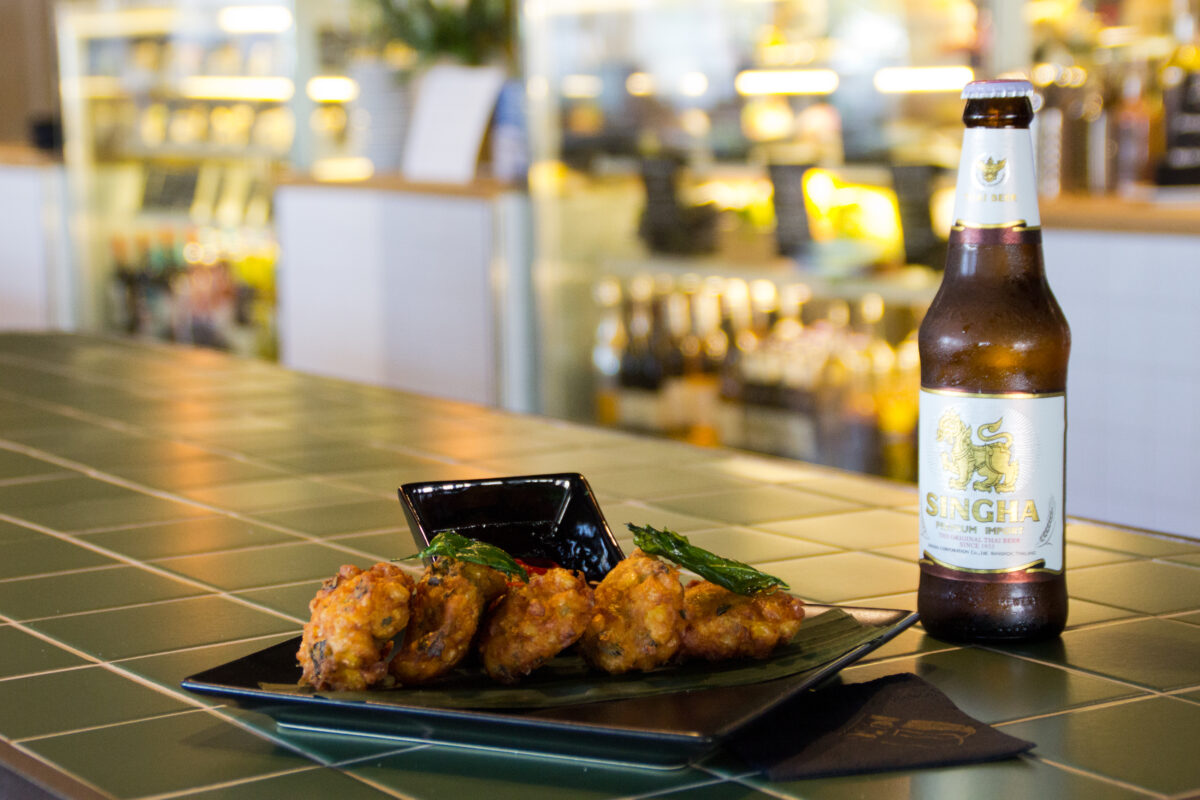
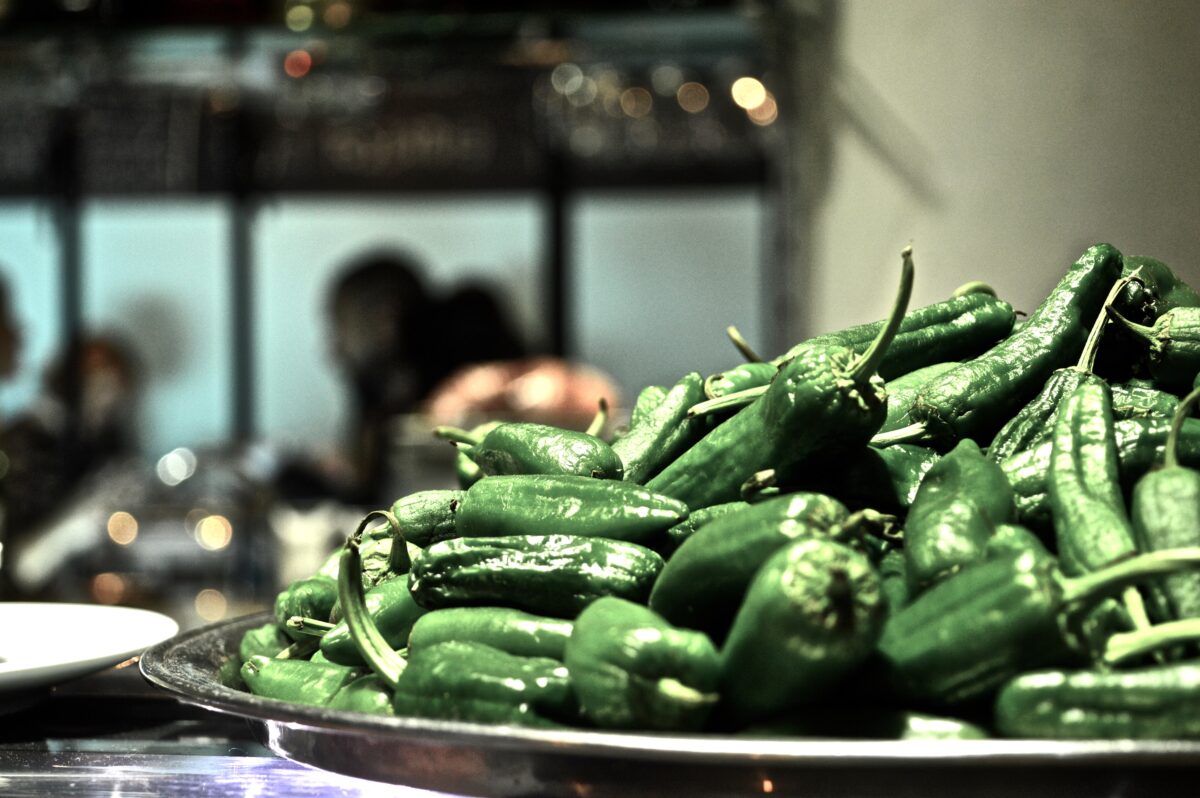
Close to the city bus station, the more modern, bustling Mercat de L’Olivar, established in 1951, is the ideal spot for lunchtime tapas, washed down with a glass of cool cava. The market also has tantalising spice stalls, and an area dedicated to pottery, bags, leather goods and basket ware which make lovely gifts.
The third market worth a peek is the authentic Pere Garau in the area of the same name. This food market, which dates back to 1943, spills out onto the streets every Tuesday, Thursday and Saturday, showcasing an abundance of fresh produce as well as takeaway fare that is hard to resist.
Discover Palma through its emblematic shops
Quirky, authentic and traditional boutiques abound in Palma. Some of the oldest are bakeries which have stood the test of time, and still produce delectable, emblematic Mallorcan bakes for the enjoyment of locals and visitors alike. The famed Forn des Teatre, with its exquisite antique modernist frontage was revived by Tomeu Arbona, whose brand Fornet de la Socà now creates fluffy ensaïmada snail-shaped pastries, cocarrois, vegetable patties, and all manner of pie.
Other vintage bakeries include Forn de Ca sa Camena in Santa Catalina district, run by the Amengual Vich family since 1912, and Panadería Fiol, one of the city’s oldest bakeries, dating back to 1652. It still retains its ancient woodfire oven and serves coca de crema, an ancient house speciality. Historic café Ca’n Joan de s’Aigo in the old town, is famous for its hot chocolate and coca de patatas, potato buns, as well as light sponges and home-made ice cream.
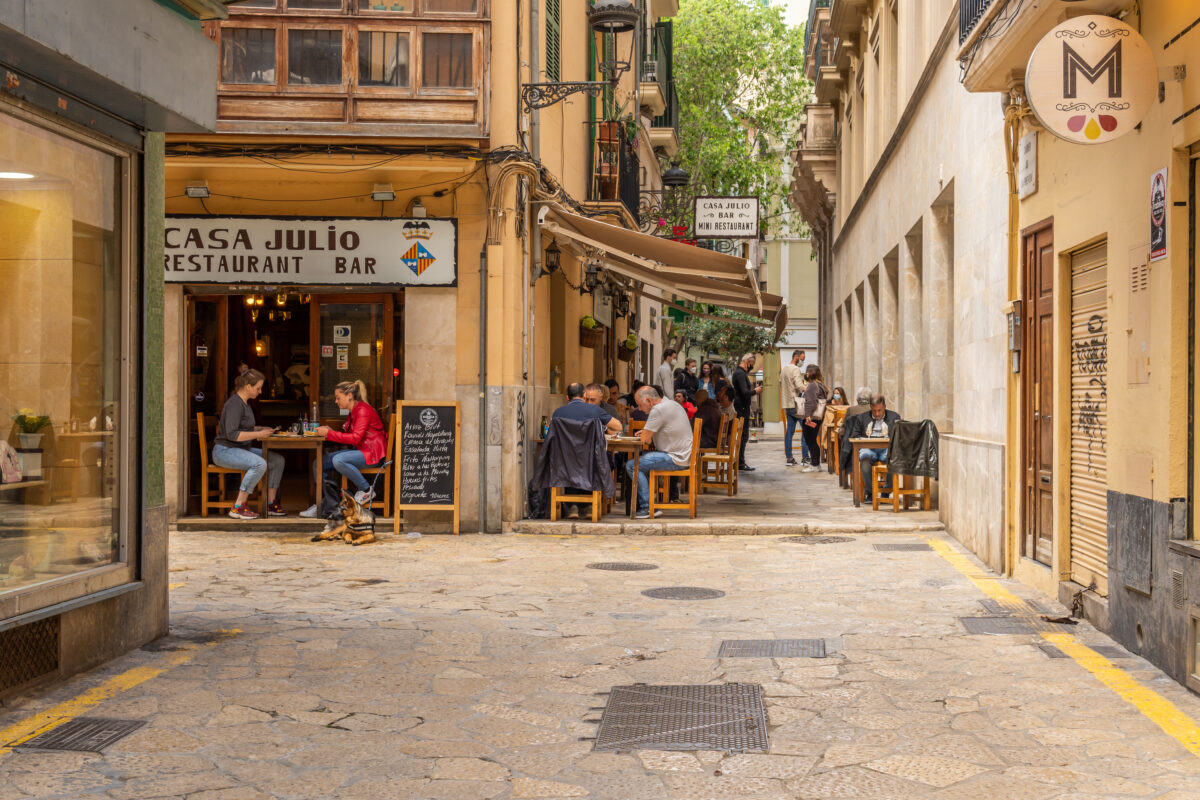
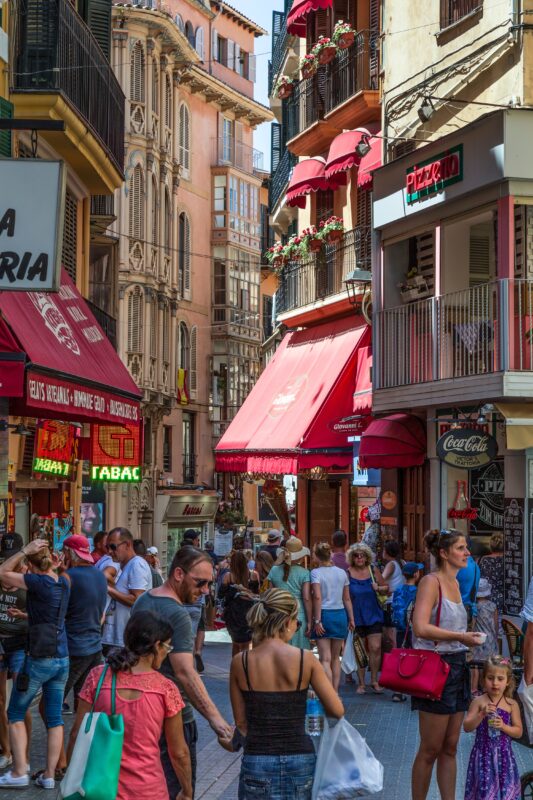
Also in the historic quarter is classic basket maker, Mimbrería Vidal, founded in 1950, whose beautiful senallas, woven palm grass baskets make unusual gifts. When in the centre it’s also worth popping by La Industrial vintage toyshop, established in 1898 and run by the same family. Gorgeous traditional dolls, wooden trains and animals can be purchased here, while in the heart of the city, delicate hand blown glass products can be found at Gordiola Palma. Last but not least is Alpargatería La Concepción, founded in 1940 and still selling high-quality espadrilles, and avarques – Menorcan sandals.


